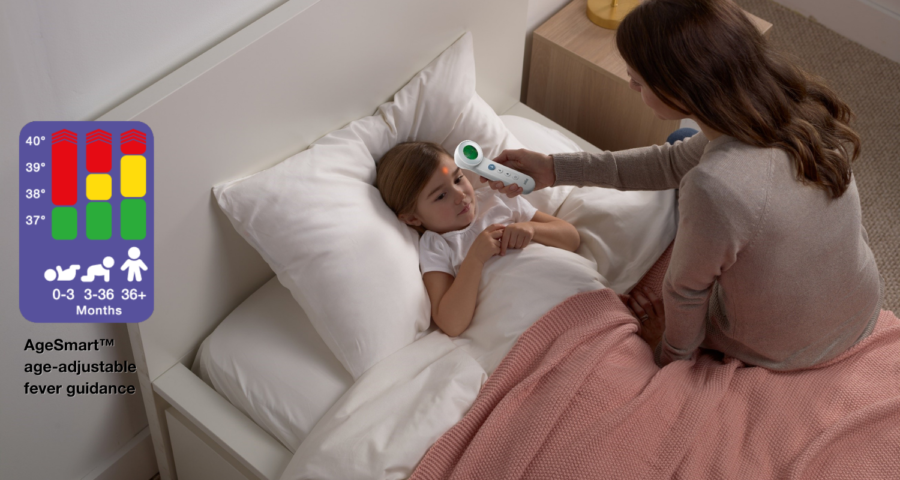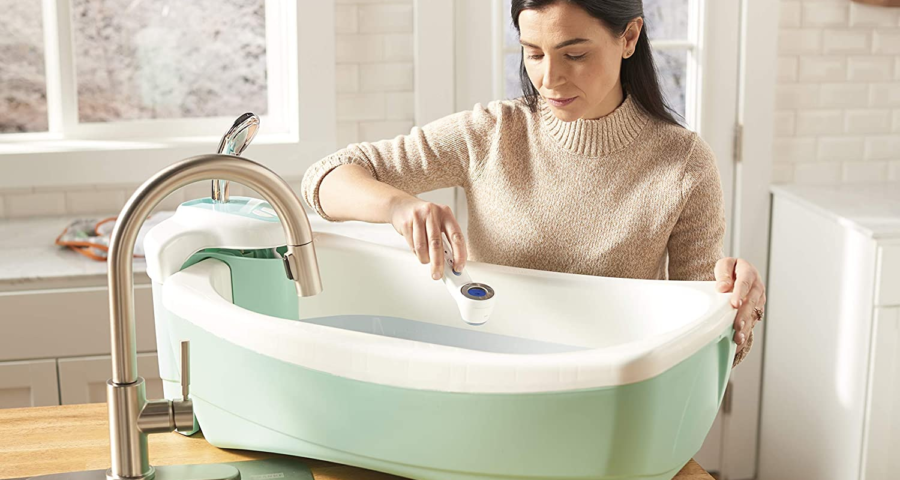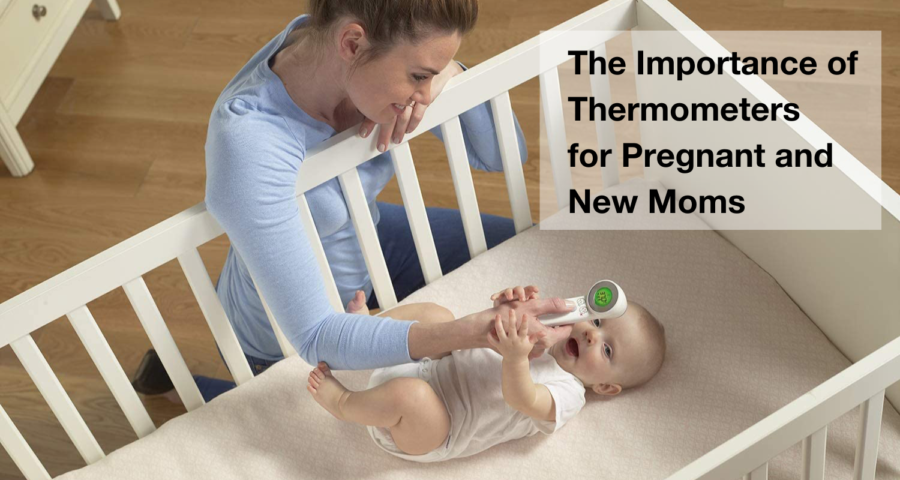These days, taking a temperature is second nature to most of us. Whether we’re testing to see if our kids have a fever or taking our own temperature to be sure we’re not coming down with something, we’ve grown accustomed to the idea that a body’s temperature can tell us a lot about its state of health.
In the case of pregnant mothers and babies, this can be doubly true. Although an elevated temperature is not always indicative of a serious condition, it can indicate illness. It is important to know what’s normal for you and your baby and when it’s time to see a professional.
The Importance of Taking Temperatures While Pregnant

If you are pregnant and have a fever that is over 38 Celsius, consult your doctor on how to bring it down
If you have a fever during pregnancy (a temperature over 38 degrees Celsius), you should find ways to lower the temperature. Pregnancy fever is common and usually not a cause for concern. However, some studies have linked fever to pregnancy complications, and fever in early pregnancy can increase your baby’s risk for neural tube defects, among others. If you have a fever, talk to your doctor about taking paracetamol and drinking plenty of fluids to stay hydrated.
A fever during pregnancy can be dangerous to the baby, but it is usually not. A fever is less concerning if it is low (below 38 degrees Celsius) and brief.
Although research is ongoing, some studies have found associations between pregnancy fever and neural tube defects (NTDs), miscarriage, congenital heart defects, abdominal wall defects, and oral clefts. According to some researchers, the risks are higher when the fever is left untreated.
According to a recent study, women who had a fever during their second trimester were 40% more likely to have a child with autism. The more fevers they had, the greater the risk, and the second trimester of pregnancy appeared to be especially important.
If you have a fever, consult your doctor to see if you can quickly identify the source. If treatment is required, begin it as soon as possible.
The Importance of Regularly Taking Your Baby’s Temperature

When a newborn arrives, everything changes for the new parents. It can be both a stressful and joyful time for the new mom as you adapt to the baby.
As the baby grows, many changes will happen, including changes to the baby’s body temperature. As a new mom, you’re probably wondering what’s normal when it comes to your baby’s development, including their body temperature. The average temperature for a newborn is between 36.5 and 37.5 degrees Celsius, so if you notice that your baby’s temperature falls outside of this range, it’s vital to take steps to bring it back to normal. There are a number of ways to do this, so talk to your doctor about what’s best for your child.
Typically, infants and young children experience up to twelve infections per year*. On average, seven of these can cause fever. Many of these infections, such as a sore throat or a cold, are harmless. They may also be life-threatening, as in the case of meningitis or acute ear infections. On average, school-aged children experience three febrile infections per year, while adults experience only two.
According to clinical research, the definition of fever changes with age, and what constitutes fever in a newborn can be considered normal in a four-year-old. Therefore, it is essential to get a thermometer that can help you correctly interpret your child’s temperature based on their age.
Getting a Reliable Thermometer
One of the best ways to check if you have a fever is to measure your body temperature with a thermometer. If you don’t have a reliable thermometer at home, now is a good time to get one.
The definition of fever also depends on the age of the person. Braun has developed the unique AgeSmartTM technology that helps interpret the temperature of the person based on their age. Braun thermometers that feature AgeSmartTM technology include Braun ThermoScan® 7 with AgeSmartTM IRT6520 ear thermometer and Braun No touch + forehead BNT400. To help you interpret a temperature reading, the Braun range includes thermometers with colour-coded displays. The green, yellow or red colour of the display indicates a normal, moderate or high temperature, respectively.


The Braun No touch + forehead thermometer makes temperature taking easier, faster and stress-free. The unique dual technology means that you can take temperature two ways – by placing the thermometer on the forehead, and also by holding the thermometer in front of the forehead using the no touch mode. Designed for the whole family, the no touch mode is ideal to conveniently monitor temperature without having to disturb your child while they sleep, and the touch mode is ideal for comfortable self-measurement. It comes with a guide light that helps moms take a temperature even when it’s dark. Its silent mode offers a switchable silent mode to take temperature without waking up a sleeping child, and it takes accurate measurements within two seconds. Best of all, you can also use it to take food and bath water temperature measurements.


As such, it is recommended to use a reliable thermometer like the No touch + forehead thermometer, which gives fast and accurate readings for both moms and babies so that you can use it at different stages of your life.
For more information, visit Braun Healthcare’s website, Facebook page and their Shopee store.



